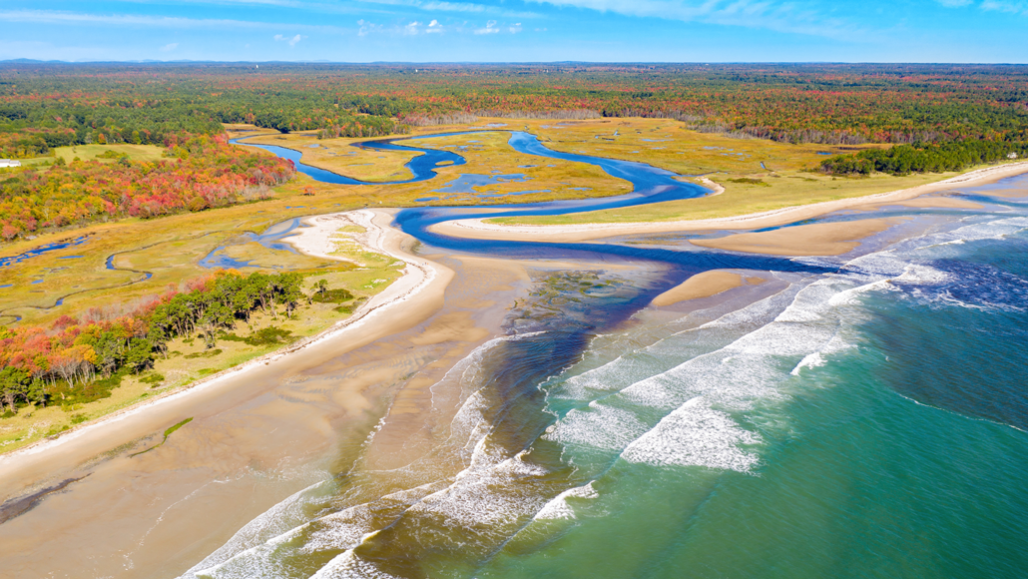crustaceans: Hard-shelled water-dwelling animals including lobsters, crabs and shrimp.
ecosystem: A group of interacting living organisms — including microorganisms, plants and animals — and their physical environment within a particular climate. Examples include tropical reefs, rainforests, alpine meadows and polar tundra. The term can also be applied to elements that make up some an artificial environment, such as a company, classroom or the internet.
environment: The sum of all of the things that exist around some organism or the process and the condition those things create. Environment may refer to the weather and ecosystem in which some animal lives, or, perhaps, the temperature and humidity (or even the placement of things in the vicinity of an item of interest).
estuary: (adj. estuarine) The mouth of a large river, where it empties into the ocean and freshwater and saltwater mix. Such regions are often nurseries for young fish.
freshwater: A noun or adjective that describes bodies of water with very low concentrations of salt. It’s the type of water used for drinking and making up most inland lakes, ponds, rivers and streams, as well as groundwater.
hurricane: A tropical cyclone that occurs in the Atlantic Ocean and has winds of 119 kilometers (74 miles) per hour or greater. When such a storm occurs in the Pacific Ocean, people refer to it as a typhoon.
marsh: A low-lying wetland usually covered with grasses and shrubs, not trees. It’s a prime feeding and nesting ground for waterfowl.
migrate: To move long distances (often across many countries) in search of a new home. (in biology) To travel from one place to another at regular times of the year to find food or more hospitable conditions (such as better weather). Species that migrate each year are referred to as being migratory.
runoff: The rainwater that runs off of land into rivers, lakes and the seas. As that water travels through soils, it picks up bits of dirt and chemicals that it will later deposit as pollutants in streams, lakes and seas.
sediment: Material (such as stones and sand) deposited by water, wind or glaciers.
sharks: A family of primitive fishes that rely on skeletons formed of cartilage, not bone. Like skates and rays, they belong to a group known as elasmobranchs. Then tend to grow and mature slowly and have few young. Some lay eggs, others give birth to live young.
spawn: To quickly cause something to come into being. (in biology) To release or fertilize eggs in an aquatic environment.
tides: (adj. tidal ) The alternate rising and falling of the sea, usually twice in each lunar day at a particular place, due to the attraction of the moon and sun.

